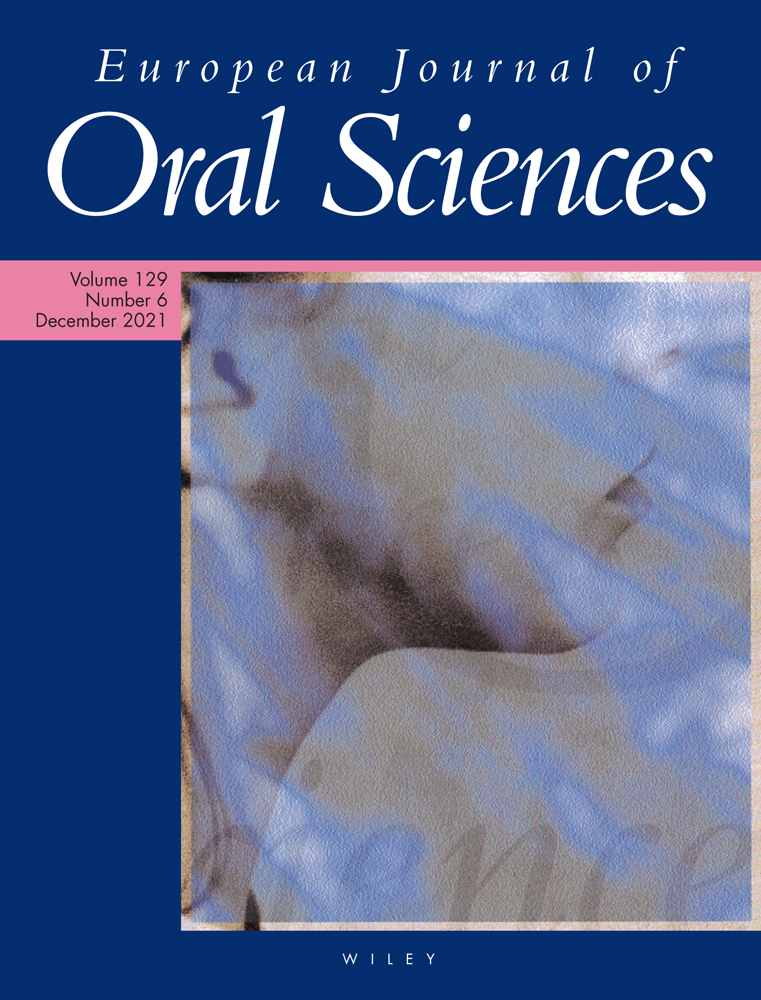Repair potential of a bulk-fill resin composite: Effect of different surface-treatment protocols
Abstract
This study evaluated the effect of different surface-treatment protocols on the repair bond strength of a bulk-fill resin composite. One-hundred and forty specimens (Filtek Bulk-fill) were created (5 mm diameter, 4 mm depth) and allocated to one of 14 groups according to surface treatment (no treatment, tribochemical silica coating, sandblasting with aluminum oxide), adhesive application (no adhesive, total-etch, self-etch), and type of repair resin (bulk-fill, universal resin) (n = 10 per group). Twenty specimens were selected for measuring the cohesive strengths of non-aged resin composites and used as reference. Other specimens were thermocycled. Shear bond-strength testing was performed. Data were analyzed using linear regression of bond strength as a function of the surface treatment, type of adhesive and whether or not adhesive was applied, and type of repair resin. The failure modes were analyzed using logistic regression of failure mode (cohesive failure vs. other types, or adhesive failure vs. other types) on the type of surface treatment, adhesive application, and repair resin used. Surface treatment, regardless of whether this was tribochemical silica coating (mean difference = 5.44 MPa; 95% CI = 4.77–6.11) or sandblasting with aluminum oxide (mean difference = 4.22 MPa; 95% CI = 3.55–4.88), resulted in higher shear bond strength than no treatment. Application of adhesive resulted in a substantial and statistically significant decrease of shear bond strength (by 8.77 MPa, for self-etch and by 7.26 MPa for total-etch) relative to no adhesive. Conversely, the type of repair resin did not influence the shear bond strength to any appreciable extent.
CONFLICTS OF INTEREST
The authors declare that they have no financial or commercial conflict of interest in any products used in this study.
AUTHOR CONTRIBUTIONS
Conceptualization: Sinem Akgül, Oya Bala; Methodology: Sinem Akgül, Cemile Kedici Alp; Validation: Oya Bala; Resources: Oya Bala; Data Curation: Cemile Kedici Alp; Writing–original draft: Sinem Akgül; Writing, Review& Editing: Sinem Akgül, Oya Bala; Visualization: Sinem Akgül.




